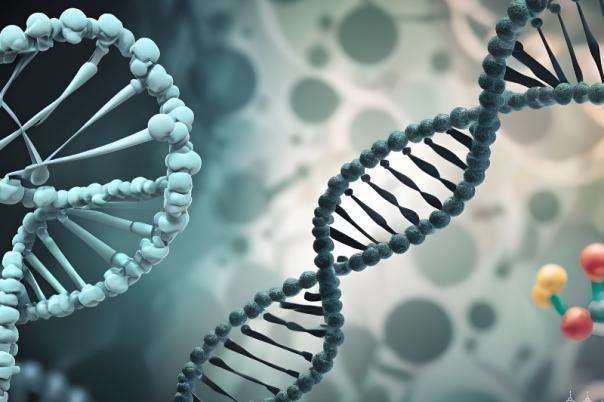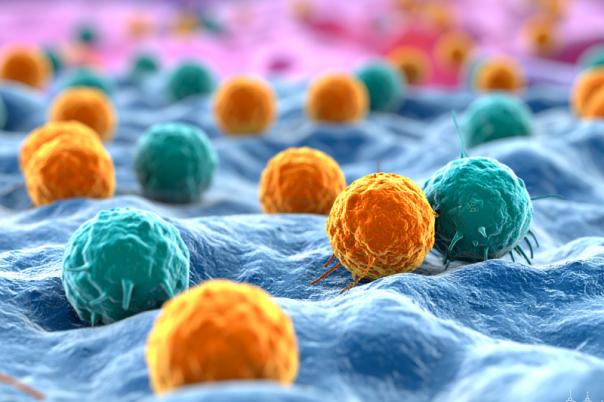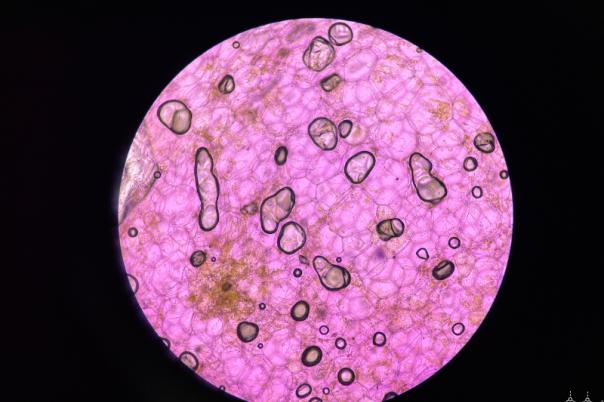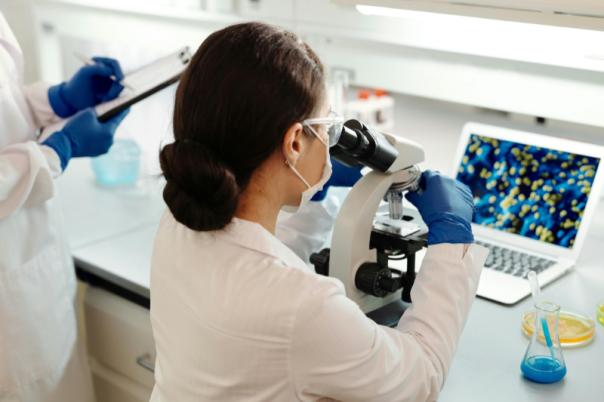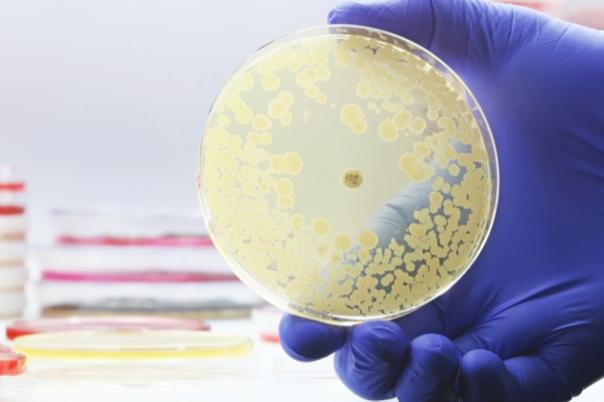Arthur Lewis, Director of mage Analysis & Platform, Pathology, AstraZeneca focuses on the exploratory stages of clinical trials to help identify safe therapeutics and optimal dose predictions. Lewis stated that spatial biology is vital for understanding what is happening in a tissue. He advocated for the integration of spatial biology, multiomics, and multimodal imaging to understand tissue context, drug effects, and patient responses. Furthermore, he highlighted the importance of combining spatial transcriptomics, proteomics, and mass spectrometry imaging.
There was a strong focus on reducing complex biomarker panels and imaging data into simpler, clinically applicable assays or signatures that pathologists can use to identify the right patients for specific therapies. Lewis also discussed the technical and business challenges of aggregating large, diverse imaging datasets from multiple sources, standardising metadata, and building centralized platforms to support global analysis and collaboration.
AstraZeneca is collaborating with Cambridge on a prostate cancer project. The study aims to use mass spectrometry imaging and MRI to identify metabolic biomarkers that could be translated into routine clinical imaging. Lewis briefly touched on other examples of digital pathology in practice including work on predicting genetic mutations from H&E images.
Tools and analytics are being developed to speed up preclinical toxicology and safety studies, enabling faster and more quantitative assessment of drug effects on tissues, which helps bring drugs to patients more quickly. Next, Lewis outlined a vision for leveraging AI, virtual histology, and integrated data to eventually predict drug safety. The vision uses multiplex IF data to train models that can predict cell types from H&E images, and integrating clinical and preclinical data to predict drug safety virtually. This could reduce reliance on animal testing by combining in vitro and in silico virtual approaches.
Overall, Lewis showcased how AstraZeneca is leveraging advanced image analysis, spatial biology, and digital pathology to accelerate drug discovery, improve safety assessment, and move towards more predictive, efficient, and patient-centred clinical trials. The work is highly collaborative and data-driven and translates complex biological insights into practical clinical solutions.
